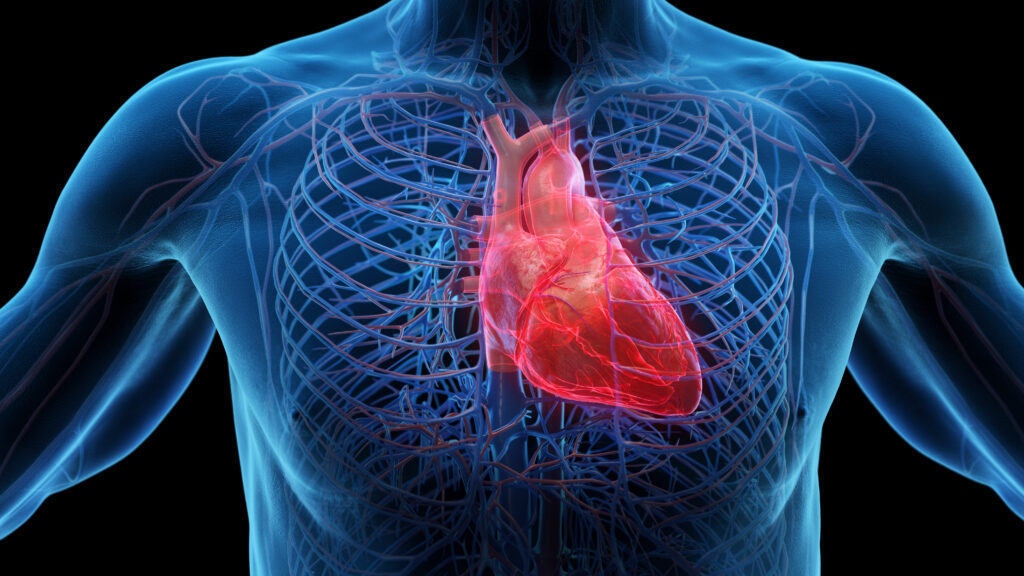A case of circumferential multi-vessel coronary intramural hematoma in a post-menopausal woman
Abstract
Overview
Spontaneous coronary dissections are a
well described entity which are often difficult
to treat. Intramural hematoma is one type of
coronary dissection. Previous case reports
have described the treatment for angiographically
visible dissection. We describe the first
report of diffuse intramural hematoma visualized
only on intravascular ultrasound with no
angiographically obvious evidence of dissection
treated with multivessel drug eluting
stenting. This case highlights the importance
of a high level of suspicion and atypical presentations
of coronary dissection, and the use
of multimodality imaging with intravascular
ultrasound and computerized tomography for
both diagnosis and therapy.
Keywords
PCI, IVUS, CT, intramural hematoma.
Article Information
Correspondence
Farrukh Hussain, St. Boniface was performed 24 h General Hospital, University of Manitoba, Canada. Tel. +1.204.237-2023 – Fax: +1.204.233-2157. E-mail: fhussain@sbgh.mb.ca
Received
2011-05-10
Further Resources

Trending Topic
Welcome to this issue of Heart International. As ever, we aim to provide our readers with the latest developments, insights, and evidence-based discussions in cardiovascular care. This edition is particularly poignant, as we begin with a heartfelt tribute to an influential figure in interventional cardiology and a cherished member of our editorial board, Dr Richard […]
Related Content in Interventional Cardiology

Forty-seven years ago, Andreas Gruentzig introduced ‘percutaneous transluminal coronary angioplasty’ (PTCA) as a new approach to treating symptomatic occlusive coronary artery disease.1 The mechanism of balloon angioplasty (BA) formed the foundation around which newer equipment and technologies were developed, including ...

Tricuspid regurgitation (TR) is a frequent finding on echocardiography, with detection rates reaching up to 86% across the different ranges of severity, with moderate or greater TR being reported in at least 6–8% of patients.1–3 The prevalence of TR increases with age, ...

Cardiovascular diseases are the most common cause of mortality and morbidity in adults worldwide.1 Coronary angiography (CAG) is the gold standard method for evaluating atherosclerotic coronary artery disease (CAD).2 It is conventionally performed via the trans-femoral (TF) route. Recently, however, ...

We are sorry to announce the death of one of our valued editorial board members, Dr Richard Heuser (November 17, 1950–May 23, 2024). Richard R Heuser, MD, FACC, FACP, FESC, MSCAI, was an internationally recognized cardiologist, inventor, educator and author, and was a ...

Welcome to the summer issue of Heart International. We are excited to present a collection of insightful articles that delve into various aspects of cardiovascular health and related interventions. This issue encompasses a wide array of topics, from novel treatment ...

Clinically relevant tricuspid regurgitation (TR) is a common disorder, affecting approximately 4% of people 75 years of age or older.1 If left untreated, severe TR results in volume overload and right ventricular remodelling. This eventually leads to symptomatic right-sided heart failure, along ...

In this issue of Heart International, we are delighted to present a collection of insightful articles that encompass a wide spectrum of topics within the field of cardiovascular medicine. As we navigate the landscape of cardiovascular disease, heart failure, preventative ...

For decades, right ventricular pacing (RVP) has been the leading pacing technique and has been proven to be effective in treating patients with symptomatic bradycardia. However, dyssynchrony caused by non-physiological ventricular activation results in pacing-induced cardiomyopathy occurs in approximately 15% of ...

Welcome to the latest issue of Heart International. This edition includes a range of articles on topics showcasing the latest advances in our understanding and treatment of cardiovascular disease. We begin with focus on the hereditary cardiac disorder, hypertrophic cardiomyopathy, ...

A significant proportion of patients with atrial fibrillation (AF) who have a high stroke risk are currently being treated with oral anticoagulation (OAC), including direct oral anticoagulants (DOACs) and vitamin K inhibitors (VKAs).1 It is well known that the increased ...

The American Diabetes Association (ADA) defines prediabetes as glycated haemoglobin (HbA1c) 5.7–6.4% or fasting plasma glucose (FPG) 100–125 mg/dL or 5.6–6.9 mmol/L.1 Patients with prediabetes have up to a 70% chance of developing diabetes and a two-fold higher risk of cardiovascular ...

Mitral valve (MV) disease includes either mitral regurgitation or mitral stenosis or both. The incidence and prevalence of valvular heart disease is increasing with the increasing population age. Degenerative MV disease poses a global burden with a prevalence of 18.1 million ...
Latest articles videos and clinical updates - straight to your inbox
Log into your Touch Account
Earn and track your CME credits on the go, save articles for later, and follow the latest congress coverage.
Register now for FREE Access
Register for free to hear about the latest expert-led education, peer-reviewed articles, conference highlights, and innovative CME activities.
Sign up with an Email
Or use a Social Account.
This Functionality is for
Members Only
Explore the latest in medical education and stay current in your field. Create a free account to track your learning.

